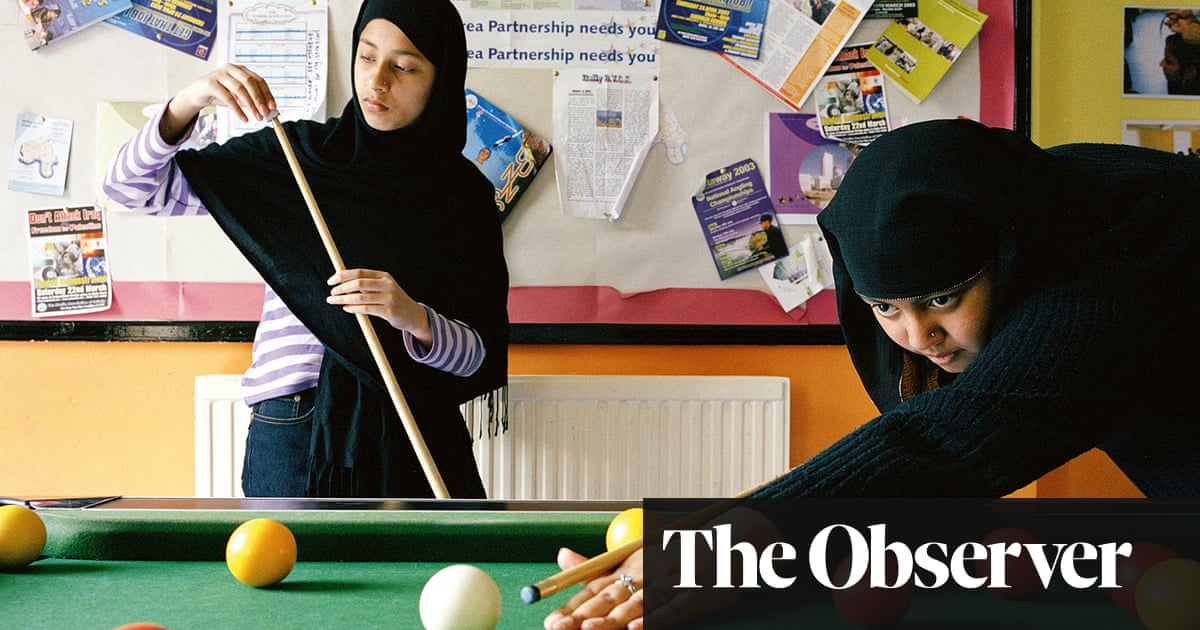
The documentary photographer David Hoffman took this picture of the market in Sclater Street near Whitechapel in east London in 1977. He had been living in the area since the start of that decade having moved down from York. To begin with, he worked as a truck driver to pay the rent, but, wanting to take pictures full time, he then lived in squats just off Whitechapel Road. The plan, he recalls, “was just to photograph stuff that I thought was interesting or would be important to record. And then I’d wait for people to find me and hopefully pay me money for the pictures.”
There were a number of street markets in close proximity in those years, one in Brick Lane, another in Cheshire Street, the main Whitechapel Market, each characterised, Hoffman recalls, by differing levels of desperation. “You would have some people trying to sell a single shoe or a broken pair of glasses,” he says.
Whitechapel Market these days is a far more organised and prospering place, but in the 1970s it was mostly kept going by that determination “to find a way to sell anything and not be broke”. As in this image, it presented, at every turn, little tableaux of lives and homes turned inside out. Looking back, Hoffman wishes he’d paid a bit more attention to what was on offer: “There would be occasional daguerreotypes going for 50p or big bits of Victorian pottery that would probably now be worth a fortune.”
Hoffman’s market photographs, collected in a new monograph, preserve a moment in time. The market main is now dominated by Bangladeshi styles and flavours; back then, the first Bengali restaurants were opening in Brick Lane, some supplanting the Jewish tailors and stallholders, who were moving out. Part of Whitechapel Road became a conservation area in 1997, though the market there resists gentrification.
Whitechapel Markets 1972-1977 by David Hoffman is out this month from Café Royal Books (£6.50)










